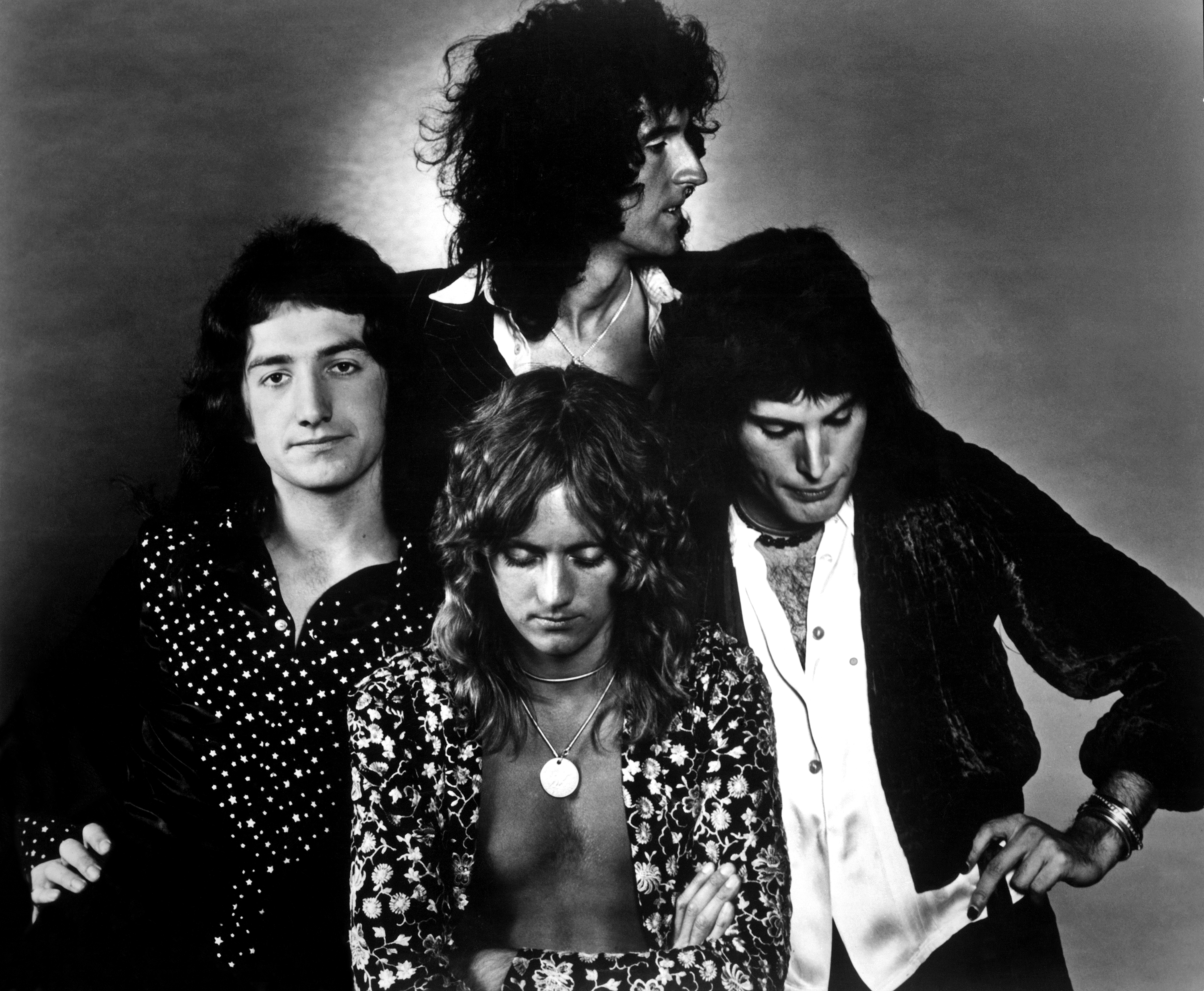
Who said 'too many cooks spoil the broth'? It's certainly not a phrase you can use in songwriting if the latest stats from iMusician are anything to go by. They indicate that when it comes to penning a tune, the more people you have around you chipping in their ideas, the better. But this hasn't always been the case…
iMusician – a website that helps musicians and labels monetise their music – recently conducted a survey of the Official Singles Charts Top 100 to find out exactly what goes into making a hit record.
It discovered that the higher the chart hit in the 2020s, the more writers and producers are involved in it. The main stats are that an average of 4.5 writers and 2.4 producers create a Top 100 hit these days, while 5 writers and 2.5 producers produce a Top 40 hit.
Beyoncé's single Heated takes the top spot with the most contributing writers – and you wonder how much it might well have skewed the results, as a total of 18 writers were used in its creation, alongside nine producers.
It gets even more interesting as iMusician then decided to go back in time and make an identical study of the singles charts from the 1970s onwards. We know that things were a lot simpler back in the 1970s, but what iMusician discovered was still surprising.
During the 1970s, it took an average of only 1.7 songwriters to produce a chart-topping single with 54% of artists contributing to their hit songs. One of the biggest hits of the decade was, of course, Queen’s Bohemian Rhapsody with only one credited songwriter, Mr. Freddie Mercury.
Turning its attention to the 1980s and iMusician discovered that the number of writers involved in a top chart hit rose to 2.3 songwriters, with 56% of artists contributing to the writing of their songs.
Culture Club's Karma Chameleon and Duran Duran’s The Reflex ('Fle, fle, fle, fle flex') top the list with five songwriters each.
Onto the 1990s and iMusician worked out that an average of 2.6 songwriters created
No 1 singles with the artists involved in songwriting dipping back to 54%.
The study reveals that the top songwriting hits from the decade include Vanilla Ice’s Ice Ice Baby – mostly because David Bowie and Queen are credited, as it samples their song, Under Pressure. Cher’s Believe also had a high number of songwriters, with seven credited. Both songs sold incredibly well, though, so even though there were lots of writers, they probably each got a tidy sum for their efforts.
Here's Cher, anyway.
In the 2000s an average of 3.3 artists contributed to their hit songs. Breathe by Blu Cantrell and Estelle’s American Boy topped the songwriter list with eight writers each, although Shakira’s Hips Don’t Lie and Rihanna’s Umbrella were also standout hits from the decade.
Finally, for the most recent 2010s decade, the average writers working on a chart topping single rocketed to 4.6, with Drake’s In My Feelings having a whopping 14 credited writers.
So what does this tell us, aside from the fact that iMusician clearly has too much time on its hands? Well, the trend is clearly 'up' when it comes to songwriters, with a clear and almost straight line rising from the 1970s to where we are today, and more songwriters chipping in with each passing decade.
This is the polar opposite to the number of people actually required to physically make a song these days. Technology, of course, has levelled the playing field meaning that any single person can wrestle a tune from a laptop or even a phone, so just why are so many people now involved in chart hits?
There's money, of course. Everyone now realises that getting a songwriting credit is more important when it comes to royalties. But Simon Gardner, a 'music expert' at iMusician has a slightly different take.
He notes: "Many chart hits are the result of collaborative efforts between songwriters, artists, and producers. These teams often consist of individuals with different strengths, such as lyricists, topline writers (melody writers), and producers who handle the musical arrangement. Collaborative songwriting allows for the pooling of creative ideas, diverse perspectives, and the fusion of different musical styles, resulting in chart-worthy tracks.”
Of course, depending on your view of today's music you could argue that too many cooks really are spoiling the broth. (If you are a 'things were better in my day' music lover anyway.)
There are more stats and finding from iMusician at the iMusician website.







